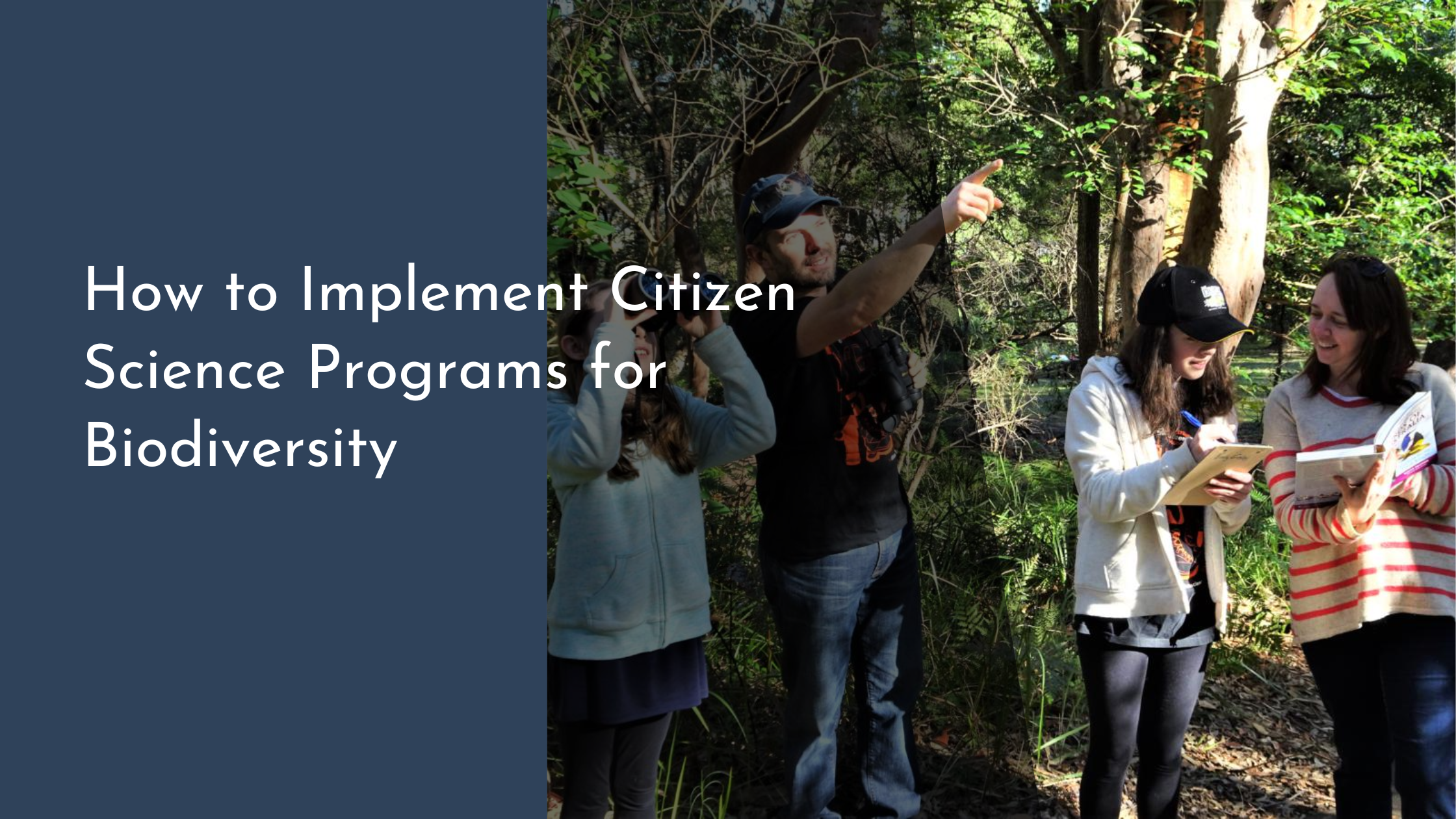How to Implement Citizen Science Programs for Biodiversity
Citizen science programs are increasingly becoming a valuable tool in biodiversity research and conservation efforts. By involving the general public in scientific research, these programs harness the power of crowdsourcing to gather large amounts of data over wide geographic areas. Not only do they aid scientific discovery, but they also foster community engagement and environmental awareness. Implementing an effective citizen science program requires careful planning and execution. This article will guide you through the steps of understanding citizen science basics, engaging and motivating volunteers, designing effective data collection methods, and analyzing results to share insightful findings.
Understanding Citizen Science Basics
Before launching a citizen science program, it’s crucial to have a solid understanding of the fundamentals. Citizen science involves the public in scientific research, allowing non-professional volunteers to contribute data, analyze results, or even help design projects. This collaborative approach can significantly enhance research capacity, especially in biodiversity studies where data from diverse locations is invaluable. Familiarizing yourself with the goals and scope of citizen science will help you design a program that aligns with scientific objectives and engages participants effectively.
Another critical aspect to understand is the ethical and logistical considerations of citizen science. Data reliability is paramount, and establishing clear protocols for data collection and validation is necessary to ensure scientific rigor. Additionally, protecting the privacy and intellectual property of participants is essential. By addressing these elements from the start, you can foster a trusting and respectful relationship with your volunteers, encouraging long-term participation and support for your biodiversity initiatives.
Engaging and Motivating Volunteers
A successful citizen science program relies heavily on the enthusiasm and commitment of its volunteers. To engage participants, it is essential to communicate the importance of their contributions and how they impact biodiversity conservation. Sharing compelling stories and tangible outcomes from past projects can inspire potential volunteers, while regular updates on the progress of ongoing research can maintain interest and involvement.
Motivating volunteers involves more than just appealing to their altruistic nature. Providing incentives such as certificates of participation, public recognition, or opportunities to learn new skills can greatly enhance volunteer engagement. Creating a sense of community among participants, such as organizing events or online forums, can also improve retention by allowing volunteers to share experiences and develop a collective sense of purpose.
Designing Effective Data Collection Methods
The design of your data collection methods is central to the success of a citizen science program. Consider the types of data needed for your biodiversity study and tailor your methods to suit both the scientific goals and the abilities of your volunteers. Simple, user-friendly tools such as mobile apps or online platforms can facilitate data submission and ensure consistency across different participants.
Training and support are crucial to equipping volunteers with the skills needed for accurate data collection. Providing clear instructions, tutorials, and regular feedback can help volunteers feel confident and competent in their roles. Additionally, deploying pilot tests or dry runs can help identify potential issues in your data collection process, ensuring that the final methodology is robust and reliable.
Analyzing Results and Sharing Insights
Once the data has been collected, the next step is to analyze the results to draw meaningful conclusions. Leveraging modern data analysis tools and software can aid in managing large datasets and identifying patterns relevant to biodiversity. Collaboration with professional scientists can enhance the accuracy of your findings and provide valuable insights into the data collected by citizen scientists.
Sharing the insights gained from your analysis is a crucial aspect of any citizen science program. Communicating results to both the scientific community and the volunteers who contributed is important for transparency and appreciation. Using various platforms such as reports, presentations, and social media, you can disseminate your findings widely. Highlighting the impact of volunteers’ contributions on biodiversity conservation can not only educate the public but also motivate continued participation in future projects.
Implementing a citizen science program for biodiversity is a rewarding endeavor that can significantly contribute to scientific research and conservation efforts. By understanding the basics, you can design a program that is both scientifically robust and engaging for volunteers. With effective data collection methods and a collaborative approach to analysis, citizen science can yield valuable insights and foster a greater connection between people and the natural world. Remember, the success of a citizen science program hinges on the collective effort and enthusiasm of its participants, making it a truly community-driven initiative.

